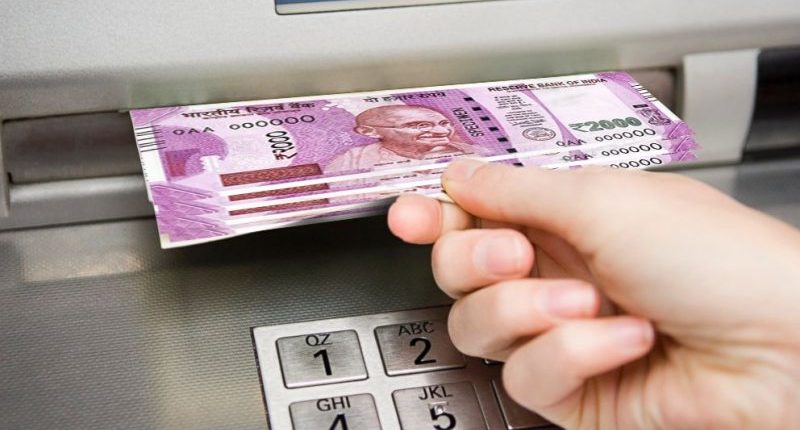We are witnessing a scenario that has never been imagined or heard of. The whole country is under lockdown, though with a little lenience for now. However, the COVID-19 spread has led to the shut down of all operations and businesses and changed the daily lives of all individuals. Consequently, many people have lost their jobs, spent the savings they have held on to for survival, and migrant workers are shelterless and struggling to get away with each passing day.
Considering all the hardships the citizens are going through, the government has been taking various measures to help different classes of people cope with the consequences of lockdown. As a part of the measure, the Finance Minister Nirmala Sitharaman has proposed a COVID-19 personal loan scheme to induce liquidity in the hands of the common man. The loan is supposed to be issued at low-interest rates. How beneficial can this move be for a commoner?
Also Read: RBI allows for the issue of electronic cards to personal overdraft accounts
What should you know about COVID-19 personal loans?
-
- Personal Use: COVID-19 personal loans are not meant for business capital.
- Interest Rate: The interest rate is between 7% p.a. and 10% p.a., which is much lower than a regular personal loan. The interest rate of a regular personal loan can range from 12% p.a. to 20% p.a. based on the applicant’s credit score, employment, and other factors.
- Offering Banks: COVID-19 personal loans can be availed from banks, such as State Bank of India, Bank of India, Indian Overseas Bank, Indian Bank, UCO Bank, Bank of Maharashtra, Punjab National Bank, Bank of Baroda, and Union Bank of India. All the other banks only provide loan moratorium for three months, from March to May 2020.
- Eligibility: These loans are limited to the existing customers of the lenders. Mostly, the banks are offering such loans to the borrowers of home loan and personal loan from their bank. Also, those individuals who receive a salary through the respective bank for more than one year are at an advantage. The essential criteria here is that the bank must know the borrower for a significant time through a salary account or personal account with the bank. The borrowers must have a decent repayment record and a good credit score to ensure that they don’t default repayments.
- Loan Amount: The criteria to set the loan amount varies with the bank. Generally, the limit is about 50%-60% of the last filed income for self-employed borrowers. In the case of salaried borrowers, the threshold can be up to 10 times the monthly salary.
May it be the loan moratorium or the COVID-19 personal loan, you do not have to avail the benefits of these schemes unless you have a dire need of it. Opting for these schemes may help you with the cash crunch at the moment. However, you will have to repay them when everything settles back to normal in a few months. Consider your repayment ability before you choose to apply for the COVID-19 personal loan.
For any clarifications/feedback on the topic, please contact the writer at apoorva.n@cleartax.in




